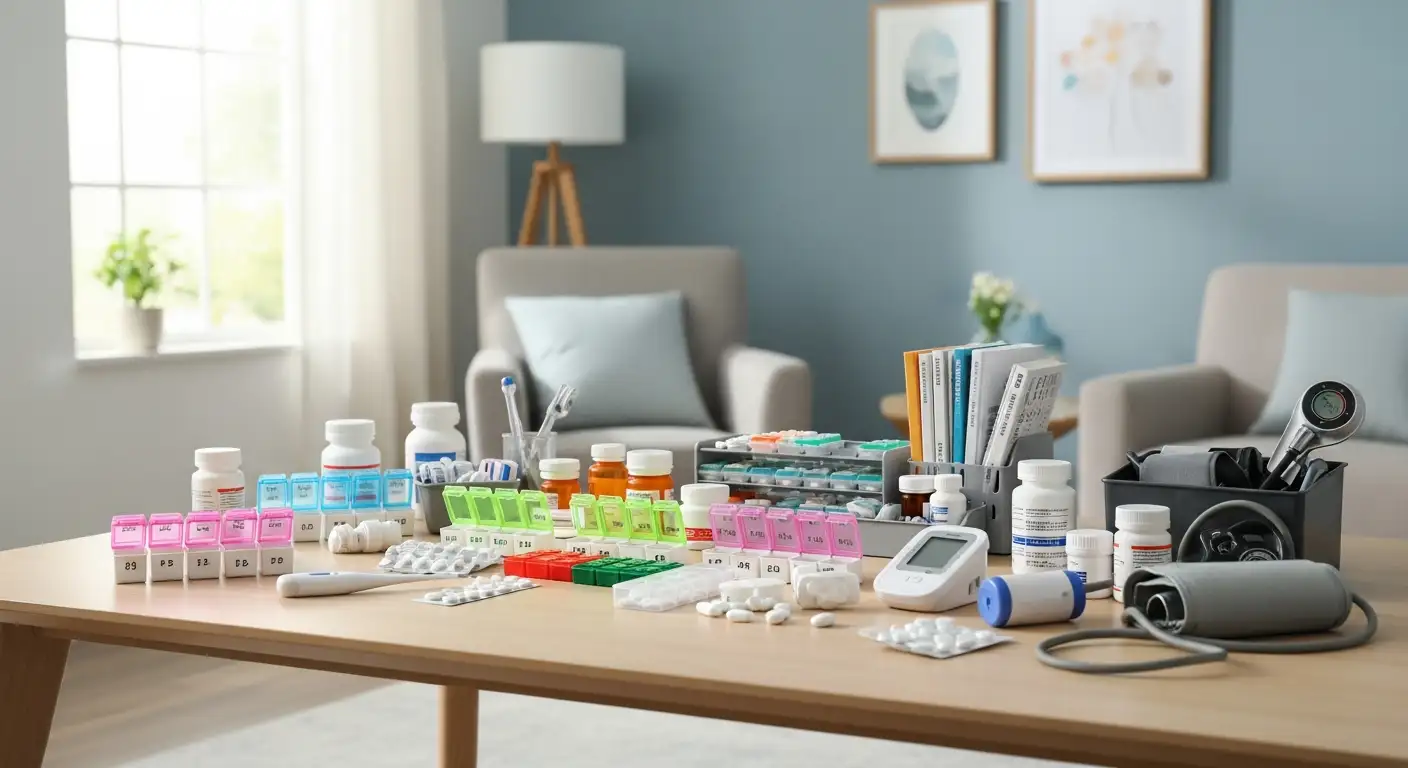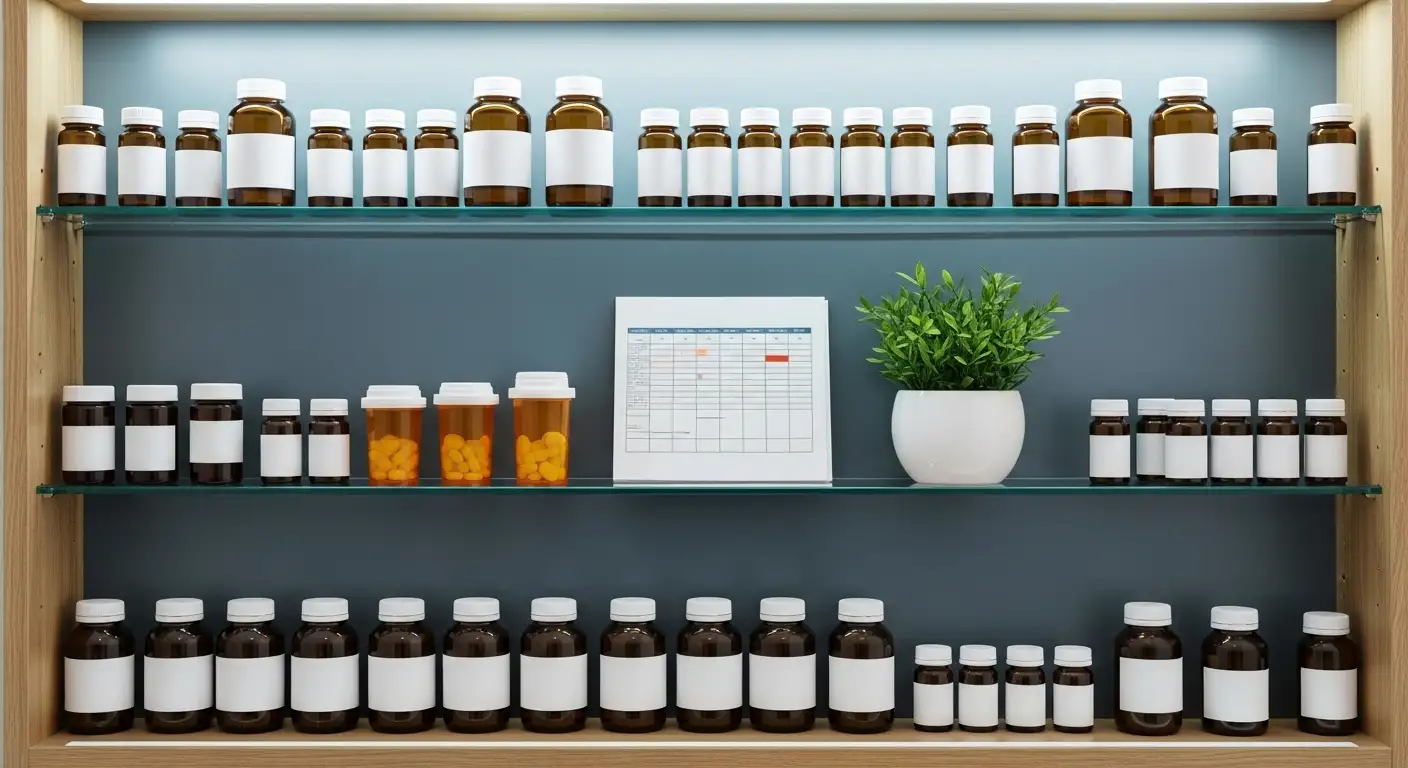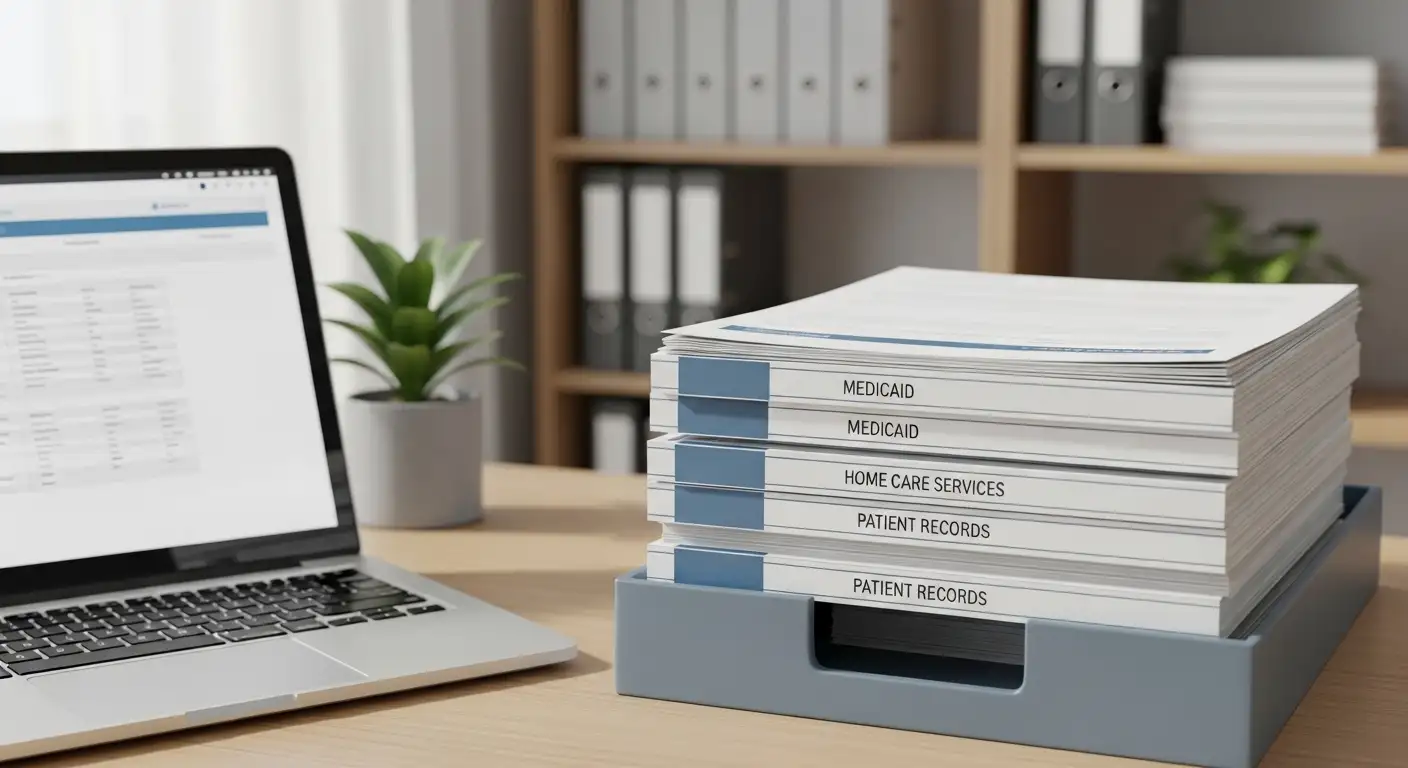How to Identify Signs of Catheter Blockage
Recognizing and Managing Catheter Obstruction for Patient Safety
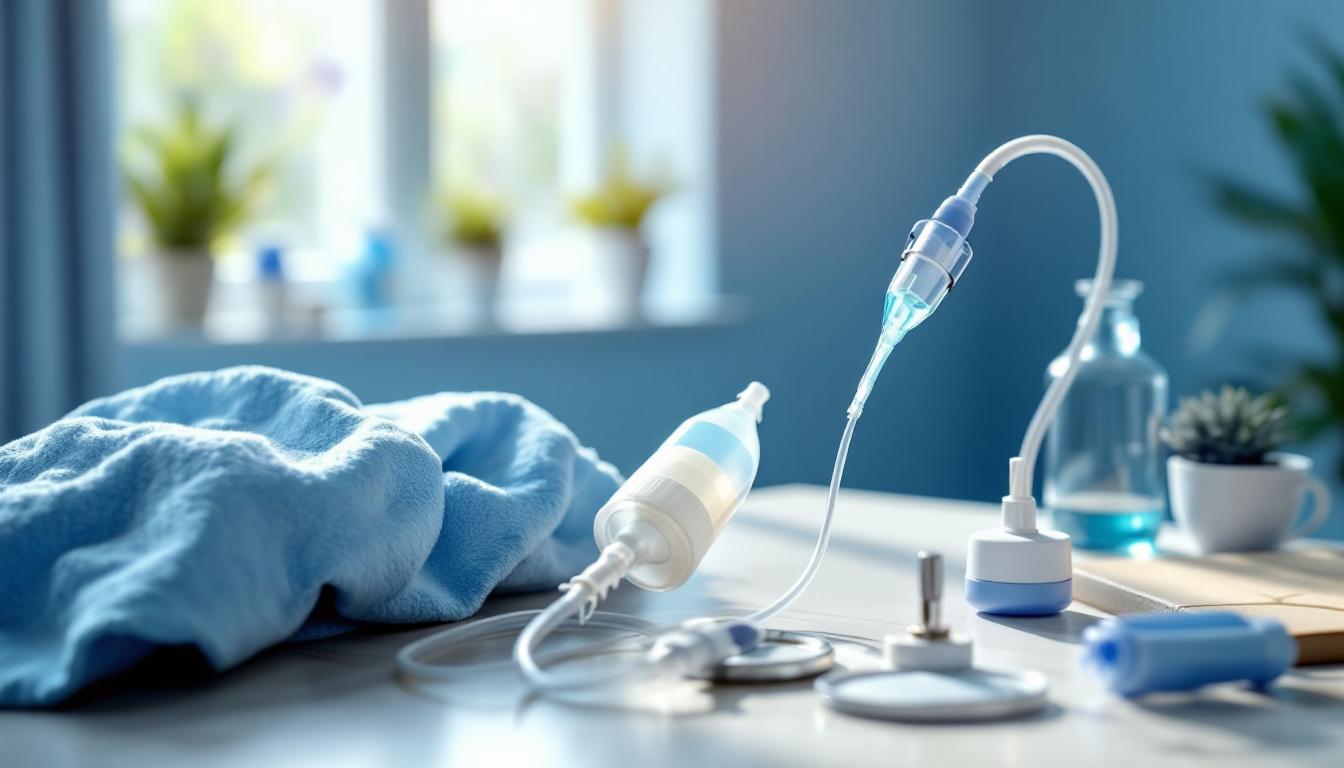
Understanding the Importance of Early Detection of Catheter Blockage
Urinary catheters are widely used medical devices to drain the bladder, but they come with risks, notably catheter blockage. Recognizing the signs early can prevent serious complications like infections, bladder overdistension, and kidney damage. This guide provides a comprehensive overview of how to identify signs of catheter blockage, causes, and management strategies to ensure optimal patient care.
Common Signs and Symptoms of Catheter Blockage

No urine drainage despite bladder fullness
One of the most obvious signs of a blocked catheter is when no urine is draining into the collection bag, despite the patient feeling the need to urinate or experiencing bladder distension. This indicates that the urine is not being properly emptied and may be caused by an obstruction within the catheter or tubing.
Urine leakage around the catheter (bypassing)
Leakage or dribbling around the insertion site, also known as bypassing, can also signal a blockage. When the catheter is obstructed, urine may escape around it, pooling at the entry point. This is a warning sign that the catheter might be blocked or that bladder spasms are occurring.
Cloudy, foul-smelling, or bloody urine
Changes in urine appearance—such as cloudiness, an abnormal smell, or the presence of blood—are associated with infections or potential blockages. Blood in the urine can also suggest trauma or a more serious complication requiring urgent medical evaluation.
Discomfort, lower abdominal pain, or bladder spasms
Persistent lower abdominal pain, discomfort, or bladder spasms are common symptoms of a blockage. These spasms result from the bladder trying to empty against an obstruction, causing pain or a cramping sensation.
Difficulty deflating the catheter balloon or poor drainage from the catheter
Problems with deflating the balloon during removal or poor drainage despite correct insertion may indicate a blockage. The balloon failure can be a sign of encrustation or damage, requiring immediate medical attention.
What are the signs of a blocked catheter?
Signs include no urine flow despite a full bladder, leakage around the catheter, cloudy or bloody urine, discomfort, and difficulty with balloon deflation. Recognizing these early symptoms helps prevent complications such as bladder over-distension and infections.
What should I do if my catheter is leaking?
Begin by checking for kinks or twists in the tubing, ensuring that the drainage bag is positioned below the bladder level. If the leak continues or if there is pain, fever, or other signs of infection, it is essential to contact your healthcare provider promptly.
Monitoring these signs and acting quickly can help manage potential blockages effectively, avoiding serious complications. Regular assessment and awareness are vital parts of catheter care.
Understanding the Causes of Catheter Blockage and Prevention Methods

What causes catheter blockage and how can it be prevented?
Catheter blockage is often caused by the buildup of crystalline deposits, bacterial biofilms, blood clots, tissue fragments, or bladder and kidney stones. These obstructions can impair urine flow, leading to discomfort and risk of serious infections.
Crystalline deposits form from mineral salts like struvite and calcium phosphates, especially when urine becomes alkaline due to bacterial activity. Bacteria such as Proteus mirabilis produce urease, an enzyme that hydrolyzes urea into ammonia, raising urine pH and promoting crystal formation.
Biofilms—communities of bacteria that produce a slimy layer—adhere to the catheter surface, trapping salts and making encrustation worse. Blood clots, debris, and tissue fragments can also pass into the bladder, causing blockages.
Long-term use of catheters increases the risk of bladder or kidney stones, which can obstruct the urinary tract. High urine pH and mineral content further heighten the chance of encrustation.
Preventive strategies include maintaining good hydration to dilute minerals and reduce concentration, ensuring proper catheter hygiene, switching to silicone catheters, and monitoring urine pH levels. Regular cleaning and prompt treatment of infections can inhibit bacterial growth and biofilm formation, decreasing the risk of encrustation.
Incorporating lifestyle measures, such as increasing citrus intake and avoiding constipation, can also help. When suspicion of blockage arises, quick intervention—such as flushing or replacing the catheter—is vital.
How long can you go with a blocked catheter?
A blocked catheter can lead to bladder overdistention and serious health issues within just a few hours. It is a medical emergency that requires immediate attention.
Without prompt removal or replacement, continued obstruction can cause urine to reflux back into the kidneys, risking kidney damage and infection. Symptoms like pain, abdominal distension, leakage, or a sudden decrease in urine output should prompt urgent medical consultation.
Timely intervention is critical to prevent complications, and delayed action may result in severe consequences, including tissue damage or bloodstream infections.
| Cause of Blockage | Risk Factors | Prevention Tips |
|---|---|---|
| Crystalline deposits | High urine pH, mineral salts | Hydration, urine pH monitoring, silicone catheters |
| Bacterial biofilms | Proteus infections, poor hygiene | Proper cleaning, infection management |
| Blood clots and debris | Trauma, bleeding | Careful catheter insertion, bleeding control |
| Stones | Long-term catheter use | Regular imaging, hydration |
Staying vigilant and responding quickly to signs of blockage can maintain bladder health and prevent potentially dangerous outcomes.
Diagnostic Techniques in Identifying Catheter Obstruction
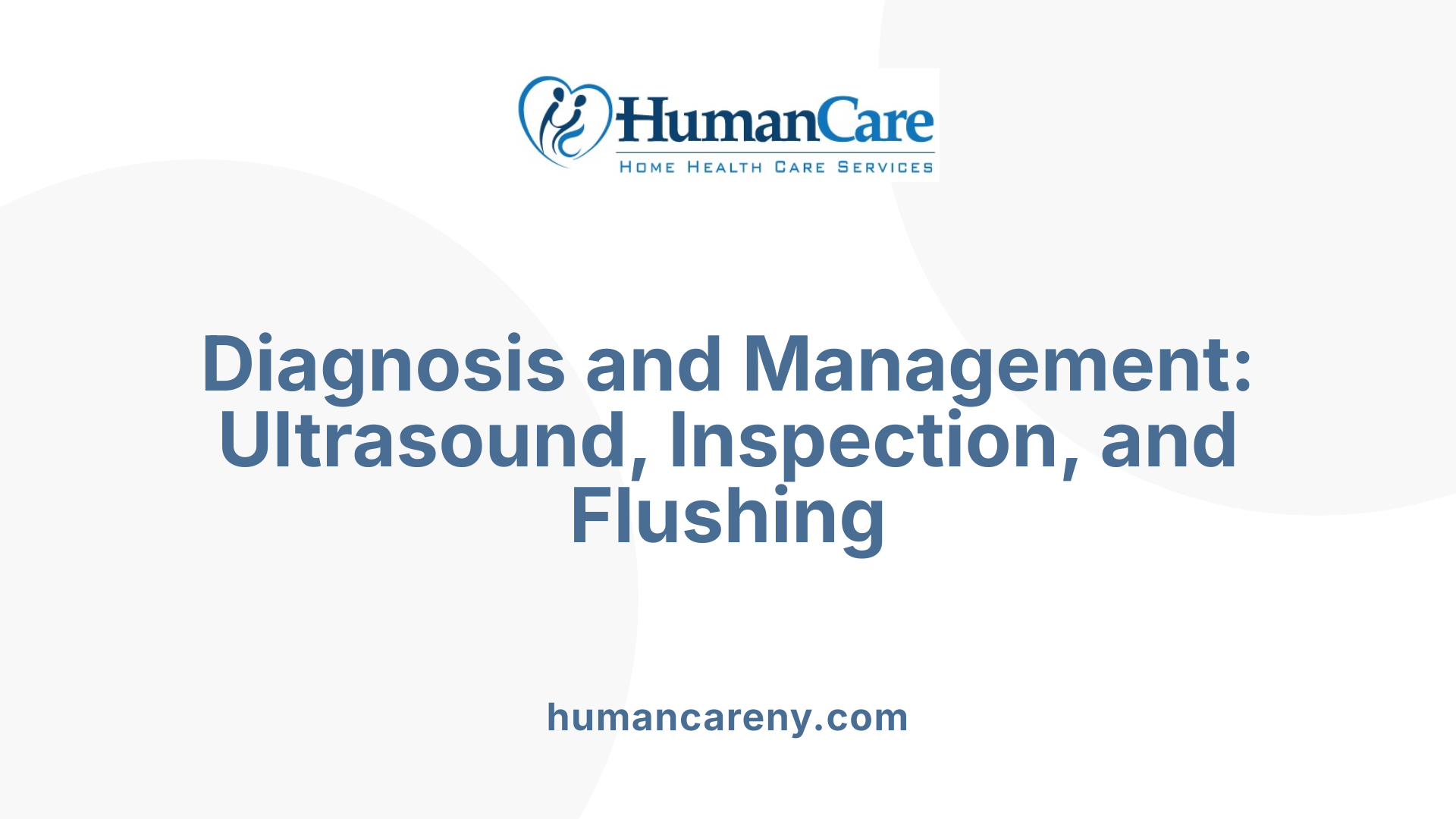
How can I tell if my catheter is blocked?
Recognizing a blockage in your urinary catheter is crucial for prompt treatment. Common signs include a noticeable reduction or complete halt in urine flow despite feeling that your bladder is full. You may also notice leakage of urine around the catheter site, which often indicates an obstruction further down the system.
Additionally, discomfort or a sensation of fullness in the lower abdomen can be signals of a problem. To confirm these suspicions, healthcare professionals utilize various diagnostic methods.
Diagnostic methods to detect a catheter blockage
Bladder ultrasound to measure residual urine and detect distension: This non-invasive imaging technique helps visualize how much urine remains in the bladder. An increased residual volume suggests the catheter is not draining properly, indicating a possible blockage.
Visual inspection of the catheter and drainage system for kinks, encrustations, or debris: Checking for twists or kinks in the tubing, along with visible encrustations or crystals, can identify mechanical causes of blockage.
Flushing the catheter with sterile saline to assess patency: Gentle instillation of sterile saline can help reopen partially blocked catheters. If resistance is felt or fluid cannot pass freely, this indicates an obstruction.
Urine analysis for signs of infection or crystals: Laboratory testing of urine can reveal the presence of bacteria, crystals, or debris that contribute to encrustation and blockage.
Monitoring urine output and flow rates: Continuous observation of the volume and rate of urine flowing into the collection bag provides real-time information. A sudden decrease or absence of flow points to a possible obstruction.
Managing and troubleshooting a blocked catheter
If blockage is suspected, initial steps include checking for kinks, attempting gentle flushing with sterile saline, and ensuring the catheter is correctly positioned. Visual inspection can sometimes reveal obstructions or encrustations.
When simple measures do not resolve the issue, catheter replacement is often necessary. In some cases, imaging may reveal stones or other structural problems requiring specialized intervention. Prompt diagnosis and management are essential to prevent complications like bladder over-distension, infections, or renal reflux.
Emergency Situations and When to Seek Immediate Medical Attention

Complete absence of urine drainage with signs of bladder distention
If your catheter is not draining urine at all and you notice your abdomen becoming swollen or painful, it could indicate a serious blockage. This can lead to bladder over-distension, which requires prompt medical intervention to prevent injury to the bladder or kidneys.
Severe pain, bladder fullness, or retention symptoms
Intense lower abdominal pain, a persistent feeling of fullness, or inability to urinate despite a catheter in place are signs of urinary retention caused by blockage. These symptoms demand urgent attention to relieve pressure and prevent tissue damage.
Signs of infection such as fever, chills, or foul-smelling urine
Infection signs include fever, chills, pain, and foul or cloudy urine. These symptoms suggest a urinary tract infection or sepsis, which can become life-threatening if not treated quickly.
Blood clots or debris in the catheter tube
The presence of blood, large debris, or sludge in the catheter or collection bag signals a possible blockage or bleeding. Immediate medical assessment is needed to clear obstructions and investigate the cause.
Catheter falling out or balloon failure
If an indwelling catheter falls out unexpectedly or the balloon cannot be deflated or inflates improperly, it presents an emergency risk. Replacement should be performed by a healthcare professional without delay to ensure continuous drainage.
Are these situations emergencies?
Yes, a blocked catheter can lead to serious complications including bladder rupture, infection, and kidney damage. If experiencing severe symptoms such as extreme pain, no urine flow, or mechanical issues like catheter dislodgment, immediate medical care is essential.
Can a blocked catheter cause death?
In extreme cases, complications from a blocked catheter—like urosepsis or bladder rupture—can be life-threatening. Prompt management prevents escalation to fatal outcomes.
For all these emergencies, contacting a healthcare provider immediately or visiting the emergency department is crucial to prevent serious health consequences.
Management and Troubleshooting of Catheter Blockage
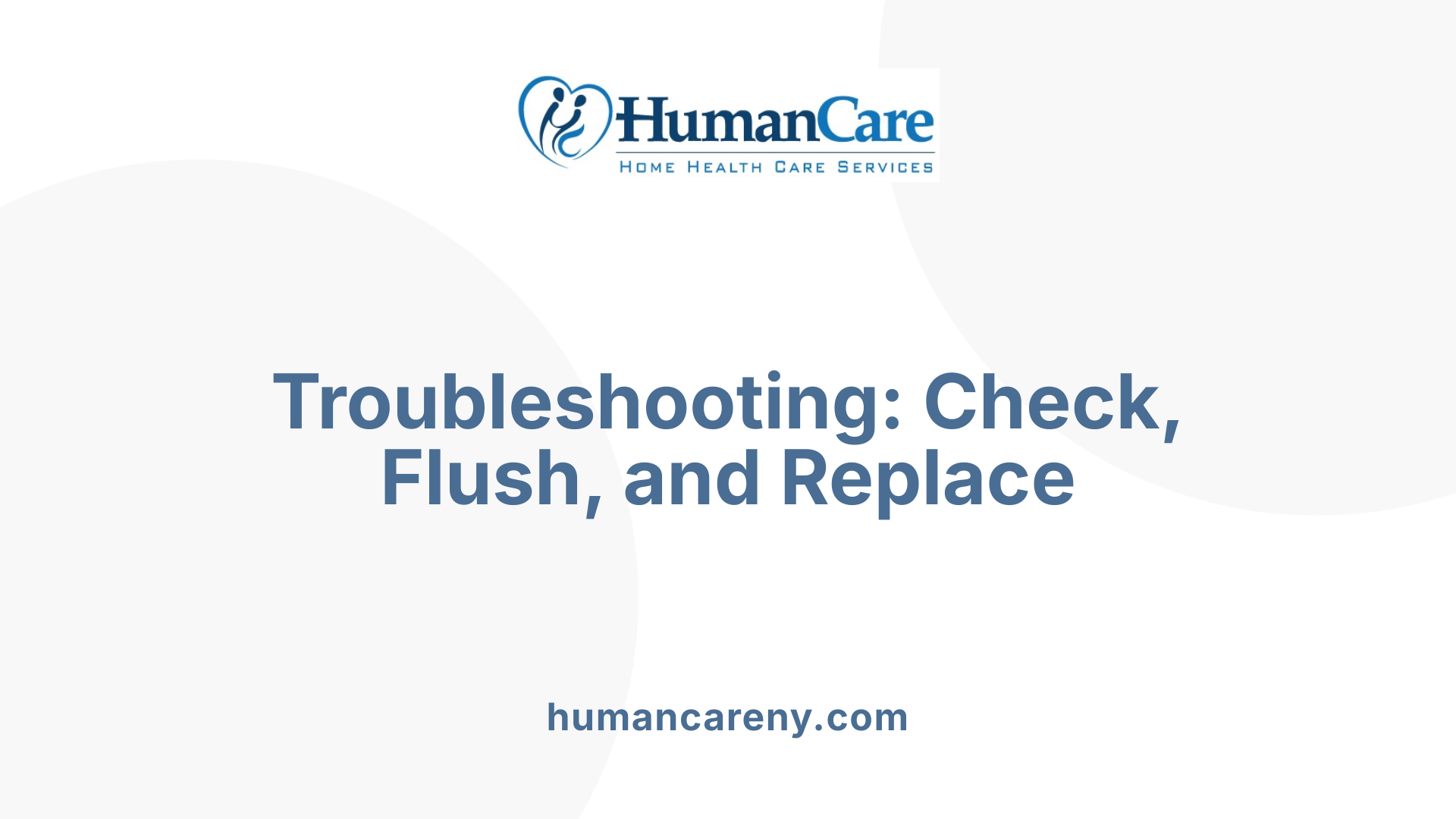
How to troubleshoot and manage a catheter blockage?
Managing a blocked urinary catheter involves a systematic approach to restore proper drainage and prevent complications. First, check for kinks or twists in the drainage tubing, as these are common causes of obstruction.
Next, perform a gentle flush with sterile saline to try and clear any debris or crystalline deposits. This should be done carefully using sterile equipment and following strict hygiene protocols. If flushing does not resolve the blockage, or signs of encrustation are visible, the catheter typically needs to be replaced.
It's also important to verify that the drainage system is correctly set up. Ensure the collection bag is positioned below the level of the bladder, free of kinks, and that the straps and connections are secure.
For ongoing assessment, bladder ultrasound scans can evaluate residual urine and bladder emptying, especially in long-term cases. Identifying underlying causes such as urinary tract infections, stones, or mineral encrustation guides appropriate treatment.
Consult healthcare professionals promptly for persistent problems or recurrent blockages, which may require further interventions like imaging, medication, or corrective procedures.
How long can you go with a blocked catheter?
A blocked catheter can cause urine to back up into the bladder, leading to over-distention, pain, and potential kidney damage. Serious infections can develop rapidly. Therefore, it’s critical to seek immediate medical attention as soon as blockage symptoms are noticed.
In summary, early detection and prompt management — through flushing, system checks, and medical evaluation — are vital to prevent severe complications associated with catheter blockage.
| Step | Action | Details |
|---|---|---|
| 1 | Check for kinks | Inspect tubing and position of drainage bag |
| 2 | Flushing | Use sterile saline, gentle instillation |
| 3 | Assessment | Use ultrasound to check residual urine |
| 4 | Replacement | Remove and insert a new catheter if needed |
| 5 | Address causes | Treat infections, stones, or encrustation |
Preventative Strategies to Reduce the Risk of Catheter Blockage

What causes catheter blockage and how can it be prevented?
Catheter blockage is mainly caused by mineral encrustation, bacteria, and the buildup of crystalline deposits, which can obstruct urine flow. Bacteria such as Proteus mirabilis produce enzymes that raise urine pH, leading to stone and crystal formation. To prevent these issues, maintaining good hydration is essential. Drinking plenty of fluids, especially citrus drinks, helps dilute urine and reduces the likelihood of crystal buildup.
Proper hygiene during catheter insertion and handling also plays a vital role. Regular cleaning around the insertion site and following sterile techniques minimize bacterial contamination that can promote encrustation.
Using advanced catheter types, such as silicone or antimicrobial-coated catheters, can significantly reduce encrustation risk. These materials inhibit bacterial growth and mineral deposit formation, prolonging catheter life.
Monitoring urine pH levels and early signs of crystal formation can help catch problems before they cause complete blockage. Careful assessment and timely intervention are crucial.
Recurrent catheter blockage: what are the causes and management options?
Recurrent blockages often result from ongoing mineral encrustation, bacterial infections, or the formation of bladder stones. Managing these issues involves regular catheter changes based on individual risk profiles. Scheduled replacements prevent the accumulation of encrustation and reduce infection risk.
Bladder irrigations or washouts with sterile saline or bladder maintenance solutions can help clear debris and crystals, lowering the chance of blockage.
Infections should be promptly treated with appropriate antibiotics, especially when associated with bacteria that increase urine alkalinity. In more persistent cases, switching to specialty catheters like silicone or antimicrobial types might be necessary.
Further investigations, such as ultrasound scans or analysis of crystals, can identify underlying causes like bladder stones or strictures. Addressing these root issues prevents recurrent blockages and maintains catheter function.
Adopting these strategies can help reduce emergency episodes related to blocked catheters and improve patient comfort and safety.
| Strategy | Action | Benefit |
|---|---|---|
| Hydration | Drinking plenty of fluids, especially citrus | Dilutes urine, reduces crystal formation |
| Hygiene & Sterile Handling | Proper cleaning and aseptic technique | Prevents bacterial contamination and encrustation |
| Catheter Selection | Use silicone or antimicrobial catheters | Limits mineral deposits and biofilm formation |
| Regular Monitoring | Check urine pH and crystal formation | Allows early intervention to prevent blockage |
| Scheduled Catheter Changes | Timely replacement based on risk factors | Reduces buildup of encrustation and debris |
Effective management of catheter blockage involves a combination of hydration, hygiene, catheter selection, and surveillance. Patients and caregivers should stay alert to symptoms like leakage, reduced flow, or discomfort, and seek medical advice promptly. Regular monitoring and proactive interventions are essential to minimize complications and enhance quality of life.
Educational and Procedural Recommendations for Healthcare Providers and Caregivers

Proper insertion techniques and sterile protocols
Ensuring proper catheter insertion is critical to prevent complications. Healthcare providers should follow sterile techniques, use suitable lubricants, and verify correct placement through visual inspection or imaging if necessary. Proper technique minimizes trauma and reduces infection risks.
Routine monitoring of urine flow and residual volume
Routine checks include monitoring urine output from the collection bag and performing bladder scans to measure residual urine. These assessments help identify potential blockages or incomplete bladder emptying early, allowing timely management before worsening occurs.
Early detection of signs of blockage or infection
Signs indicating possible catheter issues include no urine draining despite bladder fullness, leakage or bypassing around the catheter, abdominal pain, bladder spasms, cloudy or foul-smelling urine, and fever. Prompt recognition facilitates swift intervention, reducing risk of severe infections or bladder damage.
Patient education on symptom recognition and when to seek help
Patients and caregivers should be taught to recognize symptoms such as persistent discomfort, blood in the urine, sudden blockage signs, or leakage. Emphasizing the importance of timely medical consultation helps prevent complications, including infections and kidney issues.
Interventions like bladder scans, urine tests, and timely catheter changes
When issues are suspected, healthcare providers should perform bladder scans to evaluate residual volume, conduct urine analyses to detect infections, and change or flush catheters as needed. Regular scheduled changes, especially for long-term indwelling catheters, minimize encrustation and blockage.
How to identify signs of a blocked catheter
Indicators include absent urine flow despite the bladder feeling full, leakage around the catheter, stomach cramps, encrustations, and abnormal urine color or odor. Regular monitoring and patient education are vital to catch these early.
Causes and management of recurrent catheter blockages
Recurrent blockages often result from mineral encrustations or bacterial biofilms. Management strategies involve maintaining hydration, monitoring urine pH, switching to all-silicone or larger lumens catheters, and scheduling regular changes. Addressing infections promptly also helps prevent buildup.
| Monitoring Aspect | Indicators of Concern | Management Strategies | Additional Notes |
|---|---|---|---|
| Urine flow and volume | No flow, reduced output, leakage | Regular bladder scans, catheter flushes, timely replacements | Education on signs, consistent routine checks |
| Urinalysis and culture | Cloudy urine, foul smell, blood in urine | Treat infections with antibiotics, revise catheter care | Early detection minimizes complications |
| Catheter condition | Encrustations, crystalline deposits, debris | Regular cleaning, switching catheter types, scheduled changes | Use of bladder maintenance solutions if appropriate |
| System integrity | Kinks, disconnections, drainage issues | Inspect tubing, secure connections, proper bag placement | Ensure drainage bags are always below bladder level |
By adhering to these guidelines, healthcare providers and caregivers can significantly reduce the risk of catheter-related complications, ensure patient comfort, and maintain urinary health.
Ensuring Patient Safety Through Vigilance and Prompt Action
Effective identification and management of catheter blockage are vital for preventing serious health complications. Recognizing early signs such as diminished urine flow, leakage, or discomfort allows for timely intervention. Proper training, routine monitoring, good hygiene, and swift medical response as needed form the cornerstone of safe catheter use, ultimately safeguarding patient health and well-being.
References
- blocked urinary catheter - Healthy WA
- Avoiding Catheter Blockages & Obstructions - Aeroflow Urology
- Indwelling Urinary Catheter-related Problems - UroToday
- Catheter problems | healthdirect
- Signs of a Blocked Catheter: What to Look Out For
- Urinary catheterisation | NHS inform
- Risks of a urinary catheter - NHS
- Urinary catheters: MedlinePlus Medical Encyclopedia
- [PDF] Flushing of an Indwelling Catheter & Bladder Washouts
- An Overview Of Catheter Problems - Bladder & Bowel Community


















